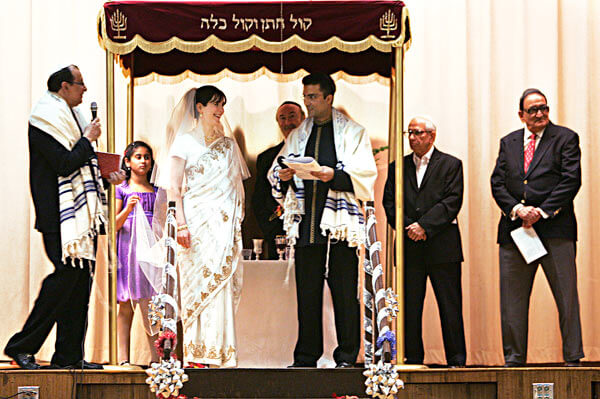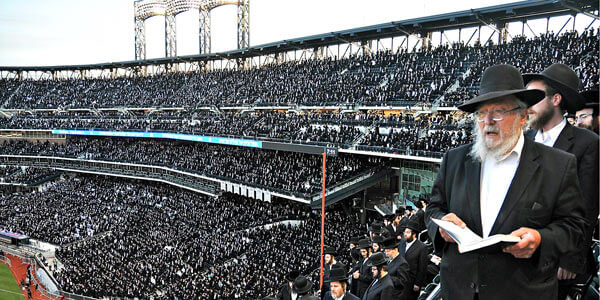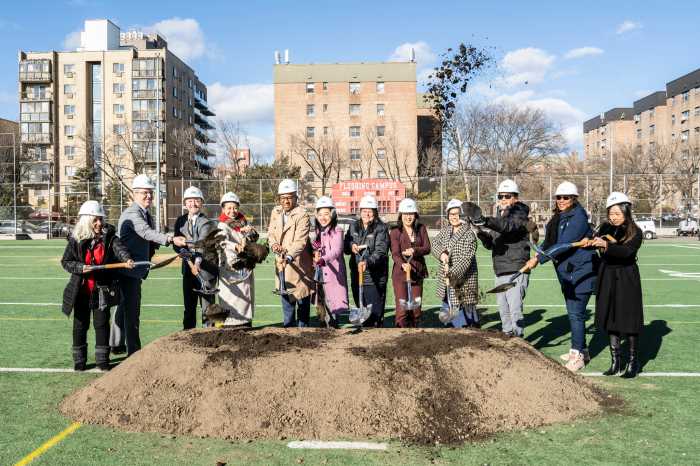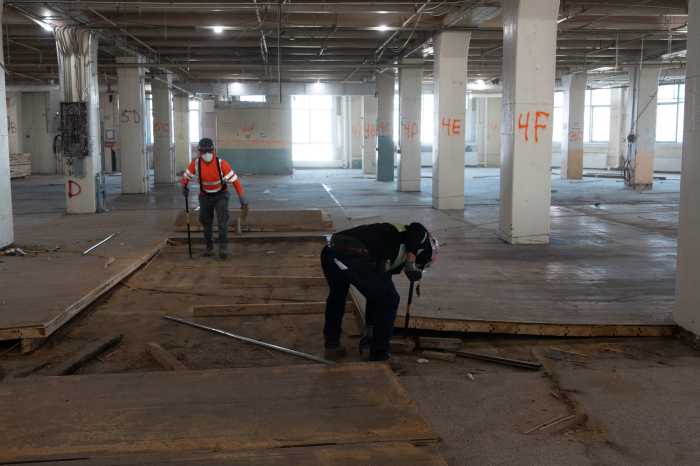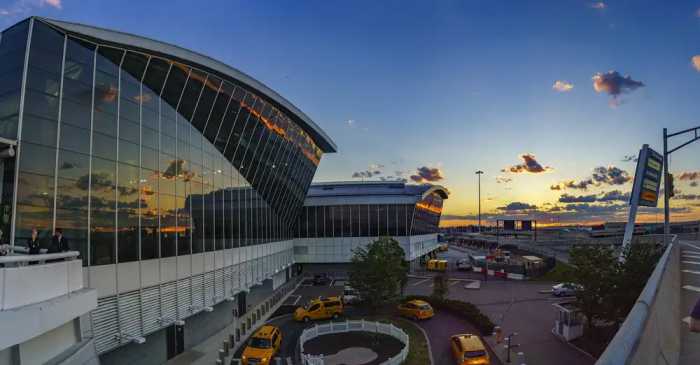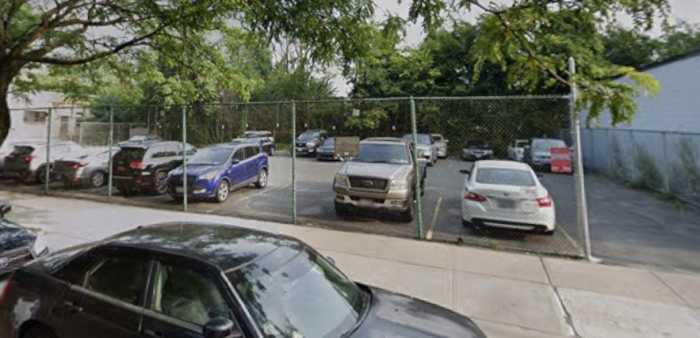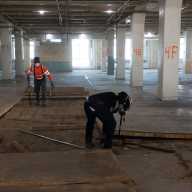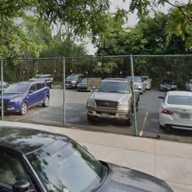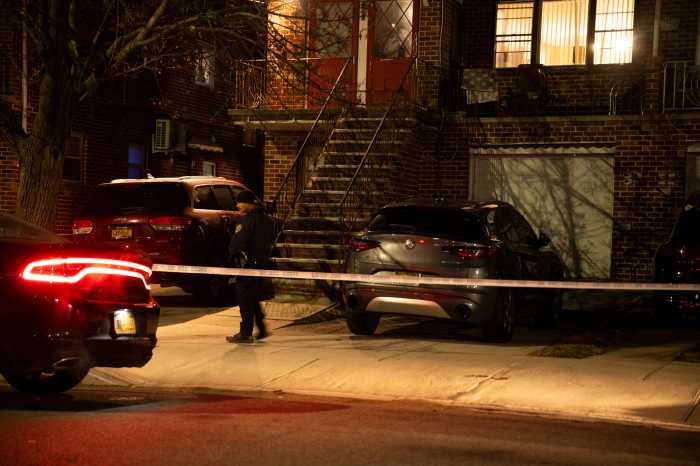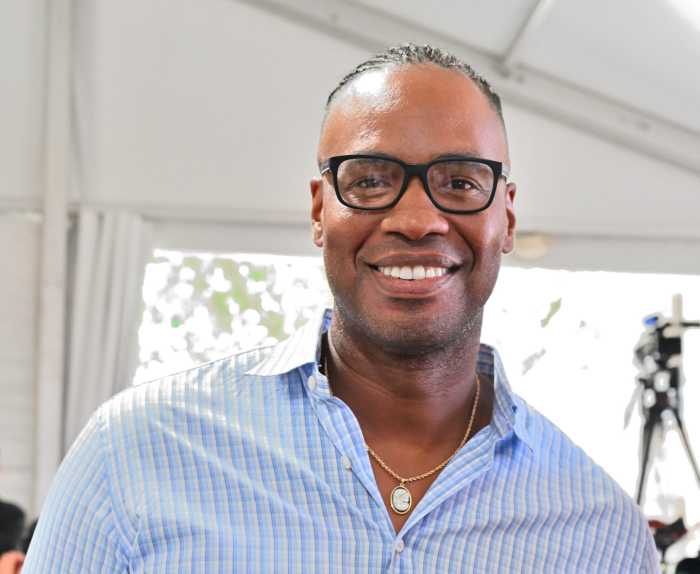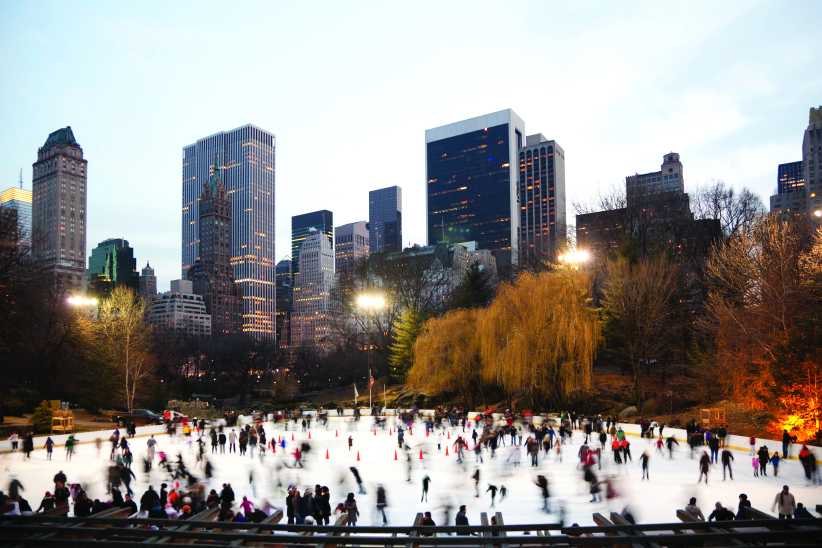By Karen Frantz
The Jewish population in the Forest Hills, Rego Park and Kew Gardens areas has grown by 37 percent since 2002, making it home to one of the fastest-growing Jewish communities in the New York metropolitan region, according to a new report from a prominent Jewish nonprofit group.
The 2011 Geographic Profile of the Jewish Community Study of New York, released last Thursday, provides an in-depth, localized look at the Jewish population in New York City, Long Island and Westchester based on data gathered since 2002.
The report was conducted by the United Jewish Appeal Federation of New York and is intended to enable the organization to respond more easily to the requirements of the Jewish population.
“We, along with our network of agencies, area synagogues, day schools and many other communal institutions, will use this data for planning to meet current and future needs of the Jewish community,” said John S. Ruskay, executive vice president and CEO of UJA-Federation of New York. “This profile is key to continuing to carry out the important mission of building and sustaining community in this complex and diverse region.”
The report found that the Forest Hills, Rego Park and Kew Gardens area, in addition to experiencing a boom in the Jewish population, has a large density of Jews, with half of all people part of a Jewish household.
In addition, the neighborhoods have a particularly large number of Russian-speaking Jews. The report found that about 45 percent of households in Forest Hills, Rego Park and Kew Gardens included a person who speaks Russian in 2011, compared to 15 percent in the metropolitan region overall.
But the Forest Hills, Rego Park and Kew Gardens area is also home to one of the metropolitan region’s poorest Jewish communities, with 57 percent of all households in the neighborhoods making less than $50,000 in 2011, the report said.
That largely mirrors the report’s findings for the borough in general, where a little over half of all households made less than $50,000 in 2011.
But the report also found some encouraging economic trends. Although there is a large percentage of poor Jewish households in Queens, that number shrank over the last decade and the percentage of households with annual incomes of more than $100,000 also increased in the same time period.
Overall, the borough experienced a growth iin Jewish residents, with an 11 percent increase in the number of Jewish households in the last decade, reversing a downward trend that was tracked in 2002. The report also found Queens’ Jewish population growth reflects older demographics, with baby boomer Jews growing faster than any other age group.
Reach reporter Karen Frantz by e-mail at kfrantz@cnglocal.com or by phone at 718-260-4538.

